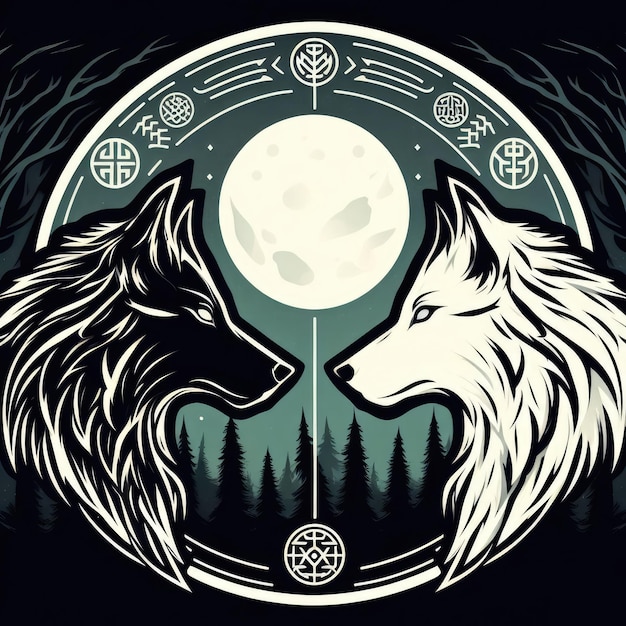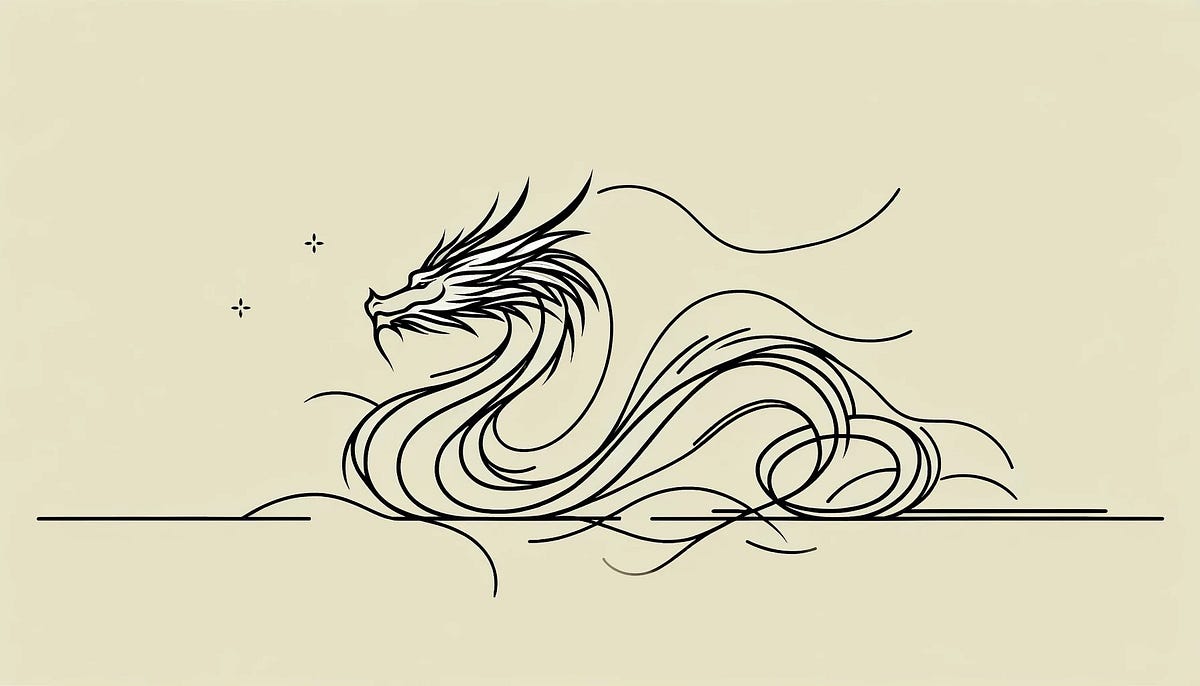
Animals have played a significant role in mythology and folklore across different cultures and eras. These creatures, whether real or mythical, often embody deeper meanings, symbolizing various human traits, natural forces, or moral lessons. Their stories have been passed down through generations, enriching our understanding of the world and our place within it.
The rich symbolism of animals in mythology and folklore reflects humanity's deep connection with the natural world and our attempts to understand the forces that shape our lives. For more insights into the Animals Mentioned in the Holy Quran read the full article.
In many cultures, the wolf is a powerful symbol, representing both danger and protection. In Norse mythology, the giant wolf Fenrir is a fearsome creature destined to bring about the end of the world during Ragnarök. Conversely, in Native American traditions, the wolf is often seen as a guide and protector, a symbol of loyalty and unity. These dual aspects of the wolf's character highlight the complex relationship humans have with nature, where the same creature can be both feared and revered.
The Raven: A Messenger of the Gods
Ravens are often depicted as messengers or omens in folklore. In Norse mythology, the god Odin is accompanied by two ravens, Huginn and Muninn, who fly across the world to bring back knowledge and news. Similarly, in many Native American tribes, the raven is seen as a creator and a trickster, a figure that both helps and hinders humans. The raven's role as a messenger between the mortal world and the divine makes it a symbol of wisdom and mystery.
Dragons are perhaps the most universally recognized mythical creatures, appearing in the legends of cultures from Europe to Asia. In Western folklore, dragons are often depicted as fearsome beasts hoarding treasures, representing chaos and destruction. Heroes like St. George are celebrated for slaying these creatures, symbolizing the triumph of good over evil. In contrast, Eastern dragons, particularly in Chinese mythology, are seen as benevolent, wise, and powerful beings that bring prosperity and rain. These differing perspectives on dragons reflect the diverse ways cultures interpret power and the natural world.
The stag is another animal rich in symbolism, often representing purity, nobility, and spiritual awakening. In Celtic mythology, the stag is associated with the forest gods and is considered a guide to the otherworld. The sighting of a white stag is often a harbinger of profound change or the beginning of a great quest. This majestic animal's connection to nature and the spiritual realm makes it a powerful symbol of transformation and renewal.
Serpents are among the most ancient and complex symbols in mythology. In many cultures, they represent dualities such as life and death, creation and destruction. In Greek mythology, the serpent is associated with Asclepius, the god of healing, whose staff with a serpent coiled around it remains a symbol of medicine today. However, in Christian tradition, the serpent is a symbol of temptation and evil, as seen in the story of Adam and Eve. This duality highlights the serpent's role as a symbol of both danger and wisdom.
The rich symbolism of animals in mythology and folklore reflects humanity's deep connection with the natural world and our attempts to understand the forces that shape our lives.